This article was medically reviewed by Mandolin S. Ziadie, MD. Dr. Ziadie is a board certified Pathologist in South Florida. She specializes in renal, transplant, and pediatric Pathology and has over 12 years of experience. She earned her medical degree from the University of Miami School of Medicine in 2004 and completed her fellowship in Pediatric Pathology at Children’s Medical Center in 2010.
There are 12 references cited in this article, which can be found at the bottom of the page.
This article has been viewed 20,198 times.
Botulism is a rare and serious condition caused by the toxins from a bacterium called Clostridium botulinum. Wound and food poisoning are the two most common ways of contracting botulism. This life threatening illness causes abdominal pain, nausea and vomiting, difficulty breathing, paralysis, and death. After receiving medical treatment, you can continue to detoxify from botulism at home.
Steps
Receiving Immediate Medical Treatment
-
1Get to a hospital immediately. Botulism in all its forms is a serious life threatening illness and it requires immediate medical treatment. The sooner you get medical attention, the better your chances of recovery.[1]
- Call emergency services by calling 911 in North America.
- Symptoms of foodborne botulism present 12 to 36 hours after eating contaminated food and include nausea, vomiting, abdominal cramps, blurred or double vision, slurred speech, drooping eyelids, dry mouth or difficulty swallowing or talking, sudden facial muscle weakness, trouble breathing, and paralysis. Foodborne botulism comes from environments with little oxygen, such as canned and bottled foods and foods fresh from the soil.
- Symptoms of infant botulism begin with constipation, floppy movements, drooping eyelids, weak cries, drooling and difficulty sucking or feeding, and paralysis. Infants contract botulism via spores that get into the intestinal tract and convert to toxins inside the body. Infants who develop botulism are typically between two to eight months of age and have ingested honey or soil.
- Symptoms of wound botulism are the same as in foodborne, except you will not have nausea, vomiting, or abdominal cramps. Spores can convert to toxins inside open wounds and are commonly found in cuts you haven’t noticed and intravenous drug users’ injection sites.
- Botulism does not increase blood pressure or heart rate or cause confusion. You may have a fever if you have wound botulism.
-
2Be prepared to receive an antitoxin. Antitoxin is one of the first lines of early defense in fighting botulism. Antitoxin cannot reverse damage already done but can reduce the risk of further complications and nerve damage.[2]
- Antitoxin is delivered via a slow intravenous infusion.
- Antitoxin is derived from horse serum so a skin sensitivity test will be done before administration.
Advertisement -
3Expect respiratory treatment. Because the toxin in botulism weakens muscles to the point of paralysis, you may stop breathing. Medical treatment for botulism therefore usually includes time on a ventilator to help you breathe until the effects of the toxin have cleared your system. This could take several weeks.[3]
-
4Anticipate vomiting and bowel movements. Medical treatment for foodborne botulism usually involves induced or forced vomiting and medications to cause bowel movements. The goal is to clear the food substance out of your system.[4]
-
5Undergo wound cleansing and debridement. Wound debridement is the removal of dead or infected tissue, thereby removing toxins in the wound if you have wound botulism.[5]
Detoxifying at Home
-
1Take antibiotics as directed. Once you have been discharged from the hospital, continue to take any antibiotics prescribed to you. You may be given medications such as penicillin for wound botulism. These antibiotics are generally taken for a period of 7 to 14 days.[6]
- Make sure you take antibiotics for the full course of treatment, even if you are feeling better after just a few days. The full treatment is still necessary.
- Antibiotics are not prescribed for other types of botulism because they may speed up the release of toxins.
-
2Use charcoal tablets or liquid only as recommended by a doctor. Activated charcoal helps rid the body of toxins by preventing absorption in the stomach by binding to the poison.[7]
- Activated charcoal can react with many medications in your system so be sure to take it only on the advice of a physician.
- Do not take other medications within two hours of taking charcoal, as the charcoal may prevent your other medication from being absorbed.
- Liquid activated charcoal may settle in the bottle so it must be shaken well before use.
- The usual adult dose is 50 grams of charcoal every four hours.
-
3Try milk thistle. There is some evidence to suggest that milk thistle aids in healing liver damage due to toxins.[8] However, you should not take milk thistle without speaking to your doctor about it first.
- 160 to 800 milligrams per day of milk thistle has been taken in treating liver damage due to toxins.
-
4Do a fibre bulk cleanse. Use psyllium fibre as a gentle laxative cleanse to help remove any remaining toxins in your colon. Products such as Metamucil feature psyllium, which bulks up when mixed with water and forms a gel-like substance in the colon to help transport waste through the intestines.[9]
- Speak with a physician before doing a cleanse. Some individuals may not be able to tolerate the treatment.
- Take 1/2 to 2 teaspoons of psyllium in one cup of warm water and drink immediately after mixing.
- Drink psyllium mixtures before bed for gentle overnight action.
Strengthening your Body After Botulism
-
1Ensure you’re getting your vitamin E. Vitamin E is an antioxidant that stimulates and enhances your immune cells and aids with circulating oxygen.[10]
- Take up to 400 milligrams a day in supplement form. It can be hard to get enough vitamin E through your diet but it is naturally found in avocados, seeds, vegetable oils, and grains.
-
2Get your vitamin C. This antioxidant boosts your white blood cells, antibodies, and interferon, all to improve your immune system.[11]
- Try to get at least 200 milligrams of vitamin C a day by eating six servings of fruits and vegetables such as citrus fruits, strawberries, raspberries, broccoli, spinach, and bell peppers.
-
3Eat garlic. Garlic contains allicin and sulphur compounds that provide you with antibacterial and detoxification properties.[12]
- Eating a clove of garlic a day may help you recover faster.
Decontaminating Your Home
-
1Clean your surfaces. To decontaminate surfaces that may have come in contact with suspected foods or liquids, use one part chlorine bleach to five parts water as a cleanser.[13]
- Wear gloves during cleaning. Spray surfaces and let the cleanser sit for 30 minutes before wiping with paper towels. Dispose of paper towels immediately.
- Repeat this process again.
- Discard gloves at end of cleaning process.
- If not cleaned, clostridium botulinum on household surfaces will take days to fully denature.
-
2Remove any dented or damaged canned goods from your home. To avoid consuming food that may be contaminated with botulism, go through your pantry and get rid of any damaged canned goods you find. Inspect canned goods thoroughly for damage, such as dents, bloating, or openings in the containers.[14]
-
3Detoxify jars and bottles. Place jars and lids in a large pot, fully immersed in water. Put a lid on the pot and boil the contents for 30 minutes.[15]
- Cool, then discard all items safely.
-
4Wash your clothes. Any clothing exposed to the botulism toxin should be washed immediately in a machine with hot water and soap.
-
5Cook safely. Heating food to an internal temperature of 85 °C or 185 °F for at least five minutes will destroy botulism.[16]
References
- ↑ https://my.clevelandclinic.org/health/diseases/17828-botulism
- ↑ https://www.cdc.gov/botulism/testing-treatment.html
- ↑ https://www.cdc.gov/botulism/testing-treatment.html
- ↑ https://www.nhs.uk/conditions/botulism/
- ↑ https://www.ncbi.nlm.nih.gov/books/NBK459273/
- ↑ https://my.clevelandclinic.org/health/diseases/17828-botulism
- ↑ https://calpoison.org/news/botulism
- ↑ https://www.ncbi.nlm.nih.gov/books/NBK11896/
- ↑ https://medlineplus.gov/druginfo/meds/a601104.html
- ↑ https://www.ncbi.nlm.nih.gov/pmc/articles/PMC3997530/
- ↑ https://www.eatright.org/food/vitamins-and-supplements/types-of-vitamins-and-nutrients/how-vitamin-c-supports-a-healthy-immune-system
- ↑ https://www.ncbi.nlm.nih.gov/pmc/articles/PMC4103721/
- ↑ https://nchfp.uga.edu/how/general/identify_handle_spoiled_canned_food.html
- ↑ https://www.canada.ca/en/public-health/services/diseases/botulism/prevention.html
- ↑ https://nchfp.uga.edu/how/general/identify_handle_spoiled_canned_food.html
- ↑ https://my.clevelandclinic.org/health/diseases/17828-botulism


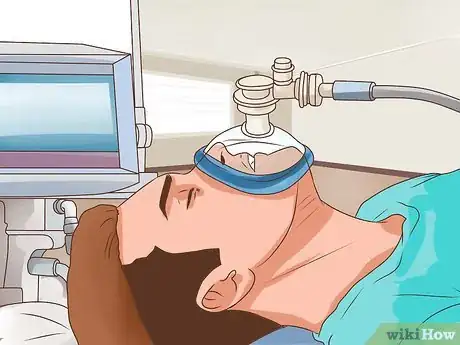

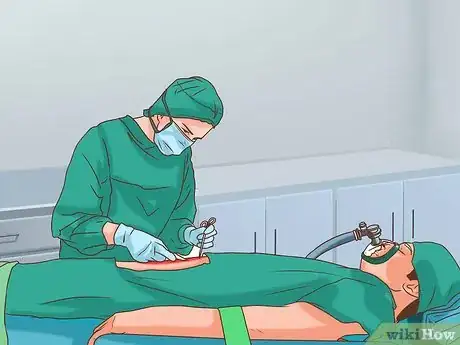
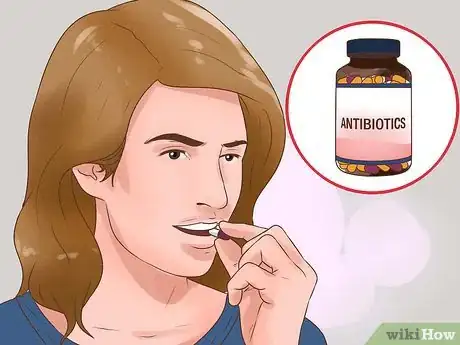
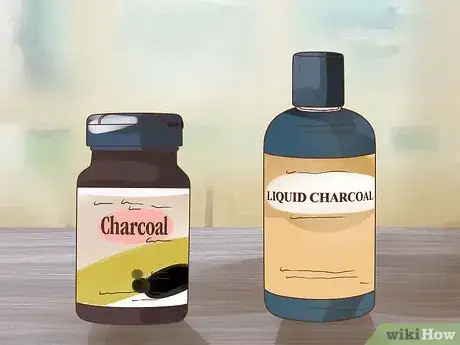
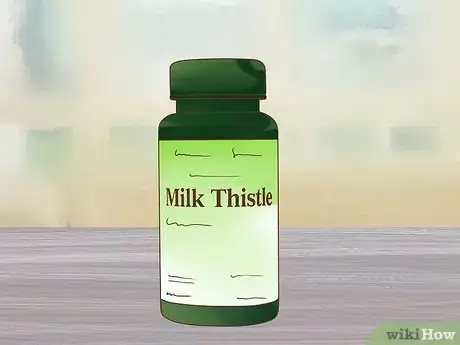



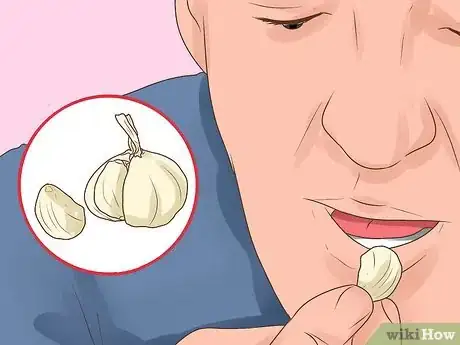
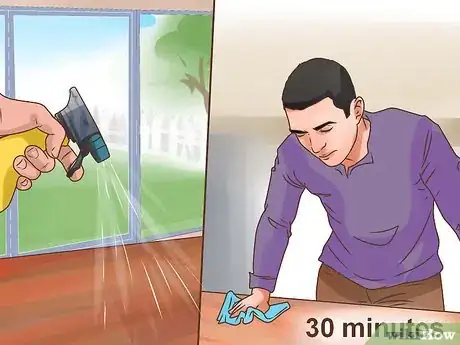
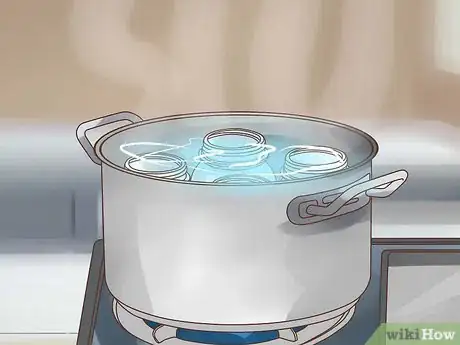
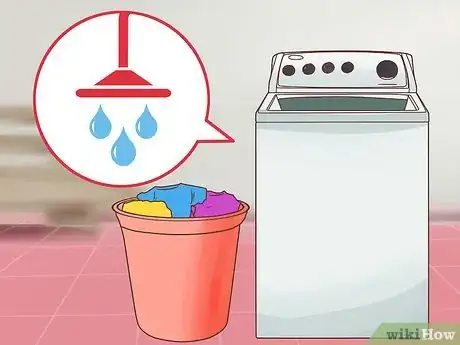
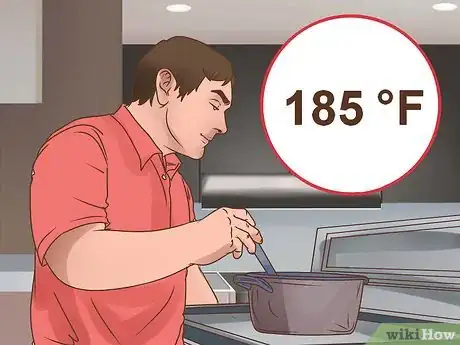
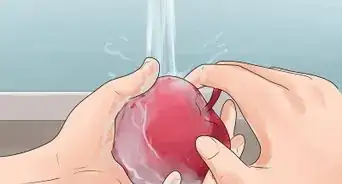
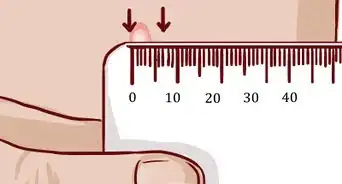

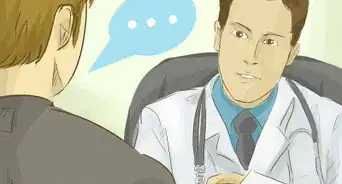
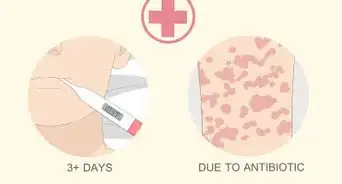
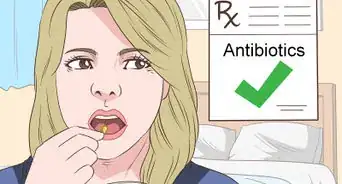
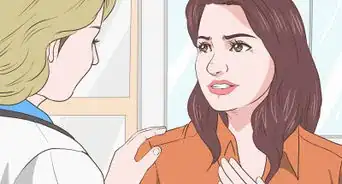


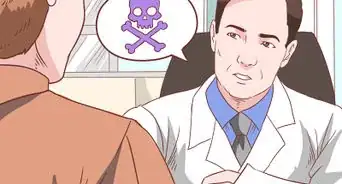
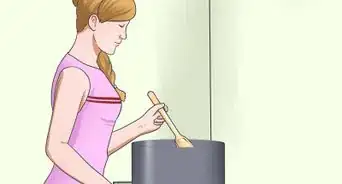
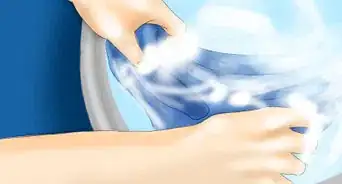
-Step-11.webp)
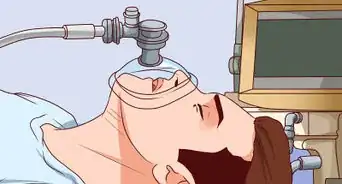







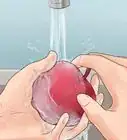
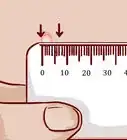
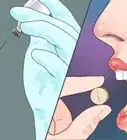




































Medical Disclaimer
The content of this article is not intended to be a substitute for professional medical advice, examination, diagnosis, or treatment. You should always contact your doctor or other qualified healthcare professional before starting, changing, or stopping any kind of health treatment.
Read More...